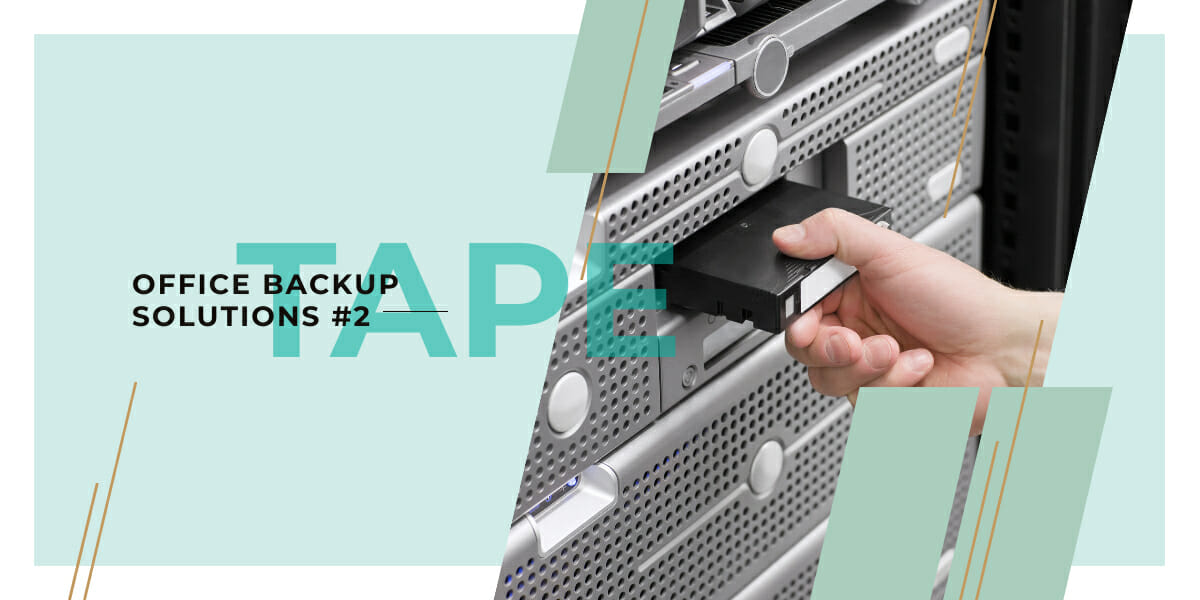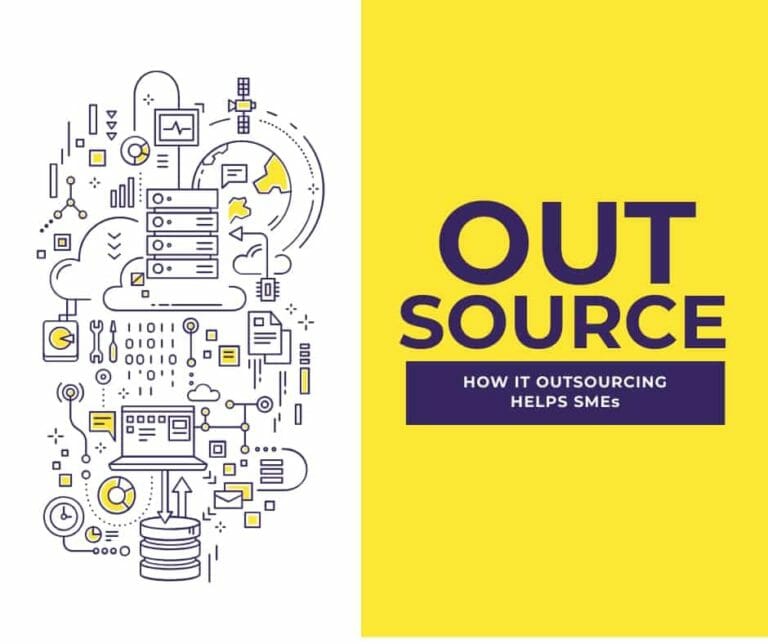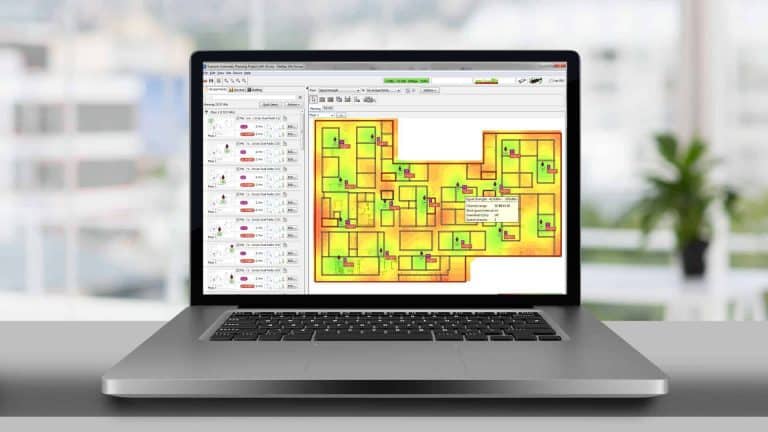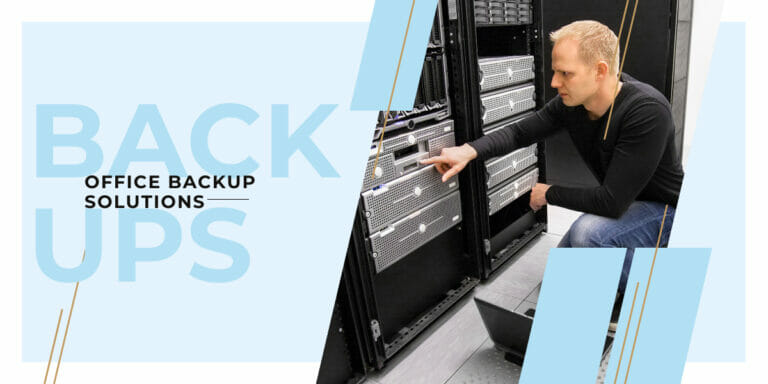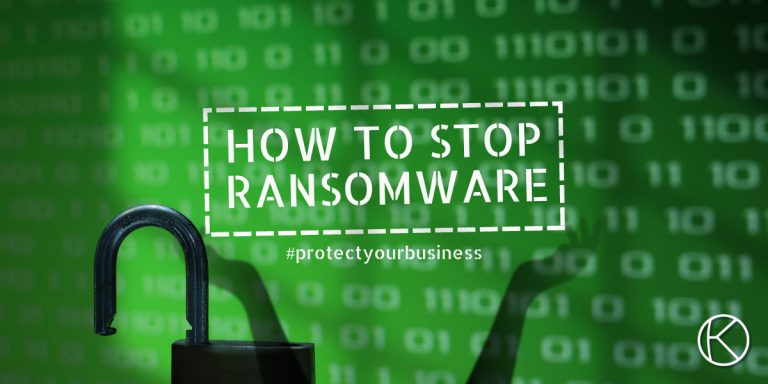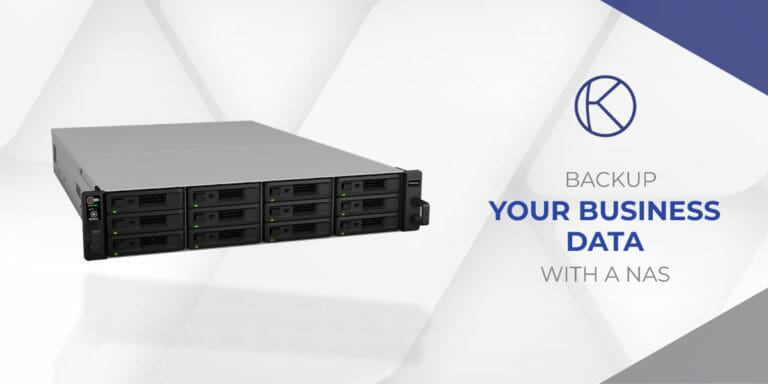Office backup solutions #2: Office tape backups are so 1980’s!
Another day, another technology bites the dust. DVDs used to be everywhere just 10 years ago. Where are they now?
Yet, some seem to endure for decades.
Why? Because they still offer something that hasn’t been matched by new tech.
Take that brand new… dot matrix printer in your China office. Why on earth is every single business in China still using that old, noisy dinosaur, and still feeding it with reams of that hole-lined, multi-sheets paper.
Multi-sheets, there’s your answer! Dot matrix printers are still here because of that secret weapon: cheaply and quickly being able to print multiple copies at a time.
Ink-jet can’t do it. Laser can’t do it. The old dot-matrix can. And since you must print fapiao in several copies, there you have it.
So why am I talking about printers in an article about data backup? Am I trying to tell you to print all your data with a dot-matrix printer?
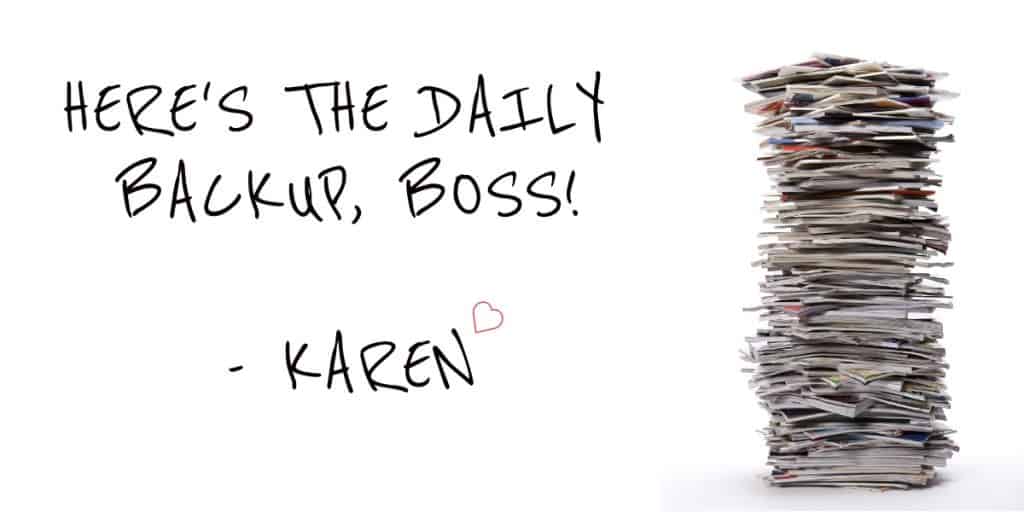
OK no, drop that printer, this is for fapiaos…
What are tape-based backups?
Forget about those big wheels turning in the background of your favorite 60’s sci-fi movie. Today, tapes are robust, self-contained cartridges. They can contain massive amounts of data in a small, pocket-sized format.
The common standard of business backup solutions is to backup data on tape with LTO, or Linear Tape-Open. It is backed by a number of large industry players such as HP, IBM and Quantum. You may find LTO also called Ultrium, which is its commercial name.
So, what are they good for?
The latest format, LTO-8, can hold up to 12TB of data (30TB of total tape capacity if compressed), and the upcoming LTO-9 promises to double that capacity.
Besides that high capacity, they design LTO for 15 to 30 years of tape archival storage.
No other format can provide such density and stability at this price point, period. An LTO-8 12TB cartridge costs about USD $200.
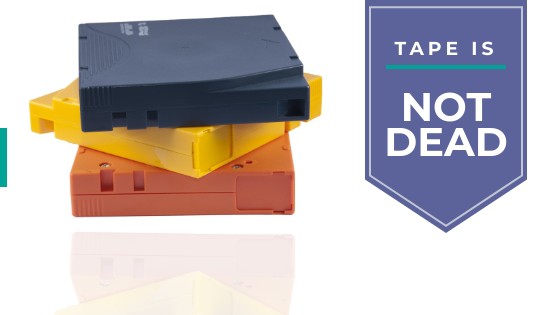
Hard disks at 10TB and above are much more expensive, fragile, and nowhere near as convenient for data backup. A NAS would make it better, but we’ll see they have some drawbacks too.
Let’s not even talk about DVDs or BlueRay disks, they are not in the same league.
As for cloud backup, just imagine uploading 12TB per night from your office Internet. See how this works for you!
Finally, administrators usually configure tapes to eject when the backup process ends. For archive tapes you can even set them Read Only after backup. That way, they are safer from virus and hackers than disk or cloud storage.
For here or take away?
As LTO cartridges are reliable (OK don’t play soccer with one) and small, they are easy to carry and store anywhere. This is a key advantage of office tape backups.

One core criterion of a robust data backup plan is that you can store them off-site. A catastrophe can happen. Fire, flood, burglars, virus, or even disgruntled employees with access to your data can destroy everything in your office.
If your data backups are in the same building or worse in the same room as your originals, you’re prepping yourself for a disaster. I’ve seen backups stored on the same server as the production data…
You can conveniently carry your data backup and store them in a bank vault, at the GM’s house, or anywhere safe and far enough from the production server. Just pick your nightly tape backup in the morning,
And if when everything goes down, you’ll know you have an ace up your sleeve.
So… Why use anything other than office tape backups?
LTOs are great and definitely should be part of a well-defined Disaster Recovery Plan. However, they are not without some drawbacks.
- As it’s a tape support, you cannot access any part of the data at will. If you want to recover a file at the end of the tape, you must roll the tape until you reach the right point. It’s automated, but still takes time.
- Changing tapes is largely a manual process. You put a tape in at evening, you take a tape out in the morning. As all manual processes, without discipline, things can derail quickly. This is true because safety measures exist to make sure you won’t erase and lose data if you put the wrong tape on the wrong day. But that usually means that you won’t have your office tape backups that day.
- You can offset a bit the manual process with a Tape Autoloader. Autoloaders, or tape libraries, are expensive though, and you still must take out tapes for off-site storage.
- You occasionally must use a Cleaning Tape to keep your tape drive in good condition. Do it regularly.
Some tips for a better backup experience
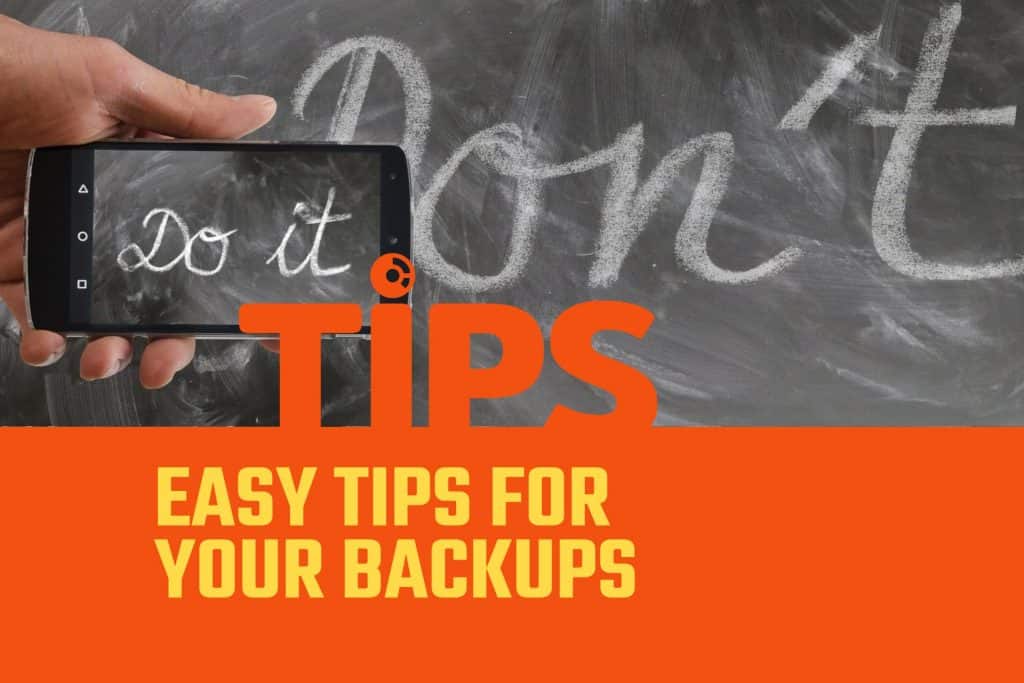
Despite these drawbacks, LTOs really have no match. With some process and discipline, they will serve you and might well save your bacon some day.
Here are a few tips to get started with your office backup solutions:
- Create a clear backup plan
- Label each and every tape
- Color code tapes. For example, RED for full backup, BLUE for incremental. We’ll see these notions in another article.
- Make sure you appoint the right person for the job
- Make restoration tests regularly (every 3 months is a good rule of thumb)
Conclusion
Office tape backups are an old technology, yes. But nothing really replaces it so far. It’s easy, convenient, secure, and just requires a bit of rigorous process. A small price to pay for data security.
Next article will explore disk storage, by USB or NAS. Stay tuned and register to be the first to read!
Missed the previous episode? Get started here!
